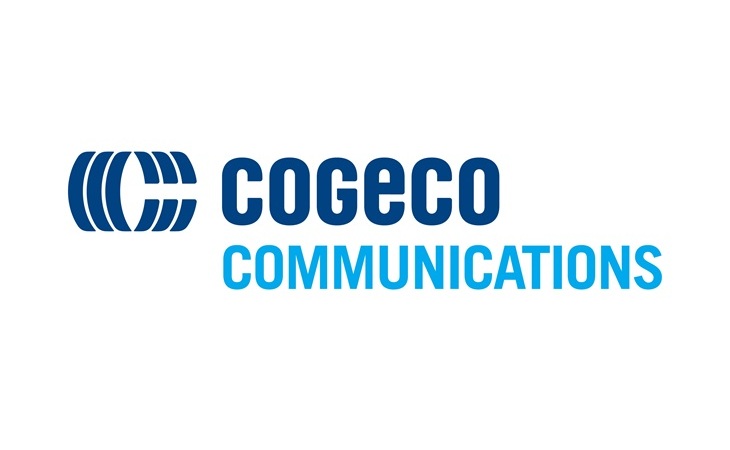
By Ahmad Hathout
The head of Cogeco said Thursday that the internet resale policy has not impacted the company’s ability to grow as a reseller nor has it turned customers off its brand.
“At a higher level, internet resale in Canada between the different players is a fact of life and it’s been a fact of life for quite some time,” said President and CEO Frederic Perron during the company’s fourth quarter earnings call Thursday. “Two of the big three that we don’t already compete with on an infrastructure basis are already reselling our network in Quebec and Ontario and have been doing so for quite some time.
“I would say it doesn’t appear to be material, neither for our growth as a reseller nor for our churn at present time, so there seems to be more noise than anything else around all of this.”
The comments come as the regional internet service provider fights a CRTC policy – both at the cabinet and court level – that allows Rogers, Bell, and Telus to use its internet networks. Regional and smaller telecoms are concerned about how much market share the incumbents could take in competitor territory using the policy, which the CRTC expects not to be high enough to warrant concern.
In the meantime, Cogeco announced last week a major expansion of internet services across most of Quebec to go along with its oxio internet brand, which it acquired in 2023.
“In a world where the resale dynamics continue to evolve – as I said they’re not material at present time – we have nothing to lose from opening up another few million doors on the Cogeco brand,” Perron added. “If for whatever reason we decide to push harder on this, now the systems are activated and it’s pretty quick for us to push harder.”
The telecom has also launched a mobile wireless business using the CRTC’s mobile virtual network operator (MVNO) regime as an exclusive offer to its internet customers as a sweetener.
When asked about that uptake, executives said Thursday that it is a “small base,” considering it started from nothing, but they are otherwise “very happy” with the adoption numbers. CFO Patrice Ouimet declined to offer the number of subscribers so far, but noted that the company may make those public in the future.
“The strong demand that we’re getting, even though it’s still going to take time to scale … at least it’s indicating to us that there’s a way for us to run that business without it being a drag at an individual customer level,” Perron added. “For example, we could always already pull back on some of our intro promotions.”
The wireless product launched with a target of low-to-mid data users and provided a time-limited launch bonus for the first wave of customers and, since October 15, has been deployed across most of the company’s footprint.
Total revenue was down 5.3 per cent to $708.7 million (on constant currency) compared to the same quarter last year. Profit was also down 4.4 per cent compared to the same period to $81.7 million.
Canadian telecom revenue was down 1.5 per cent compared to the same period and on constant currency to $372.9 million. Meanwhile, American telecom revenue was down 9.2 per cent to $335.8 million.
On the Canadian side, the company added roughly 17,000 net new internet customers, more than the 9,707 it added in the same period last year for a total base that increased to 938,166 (versus 892,699 in the fourth quarter last year) by quarter-end.
The company lost roughly 7,308 Canadian video customers, less than the 7,877 it lost in the same quarter last year. As a result, the base shrunk to 578,761 by quarter-end.
And landline losses were roughly 3,584 this quarter, less than the loss of 4,157 for a total base that shrunk to 357,144 by quarter-end.
On the American side, Breezeline lost 6,341 internet customers, less than the 8,731 it lost in the same quarter last year for a total base that declined to roughly 616,100.
Video losses were roughly 6,100, lower than the 7,436 it lost in the comparable period for a base that shrunk to 234,167.
The company also lost close to 3,100 landline customers, more than the 2,951 it lost over the same period for a total base that shrunk to 111,946.



